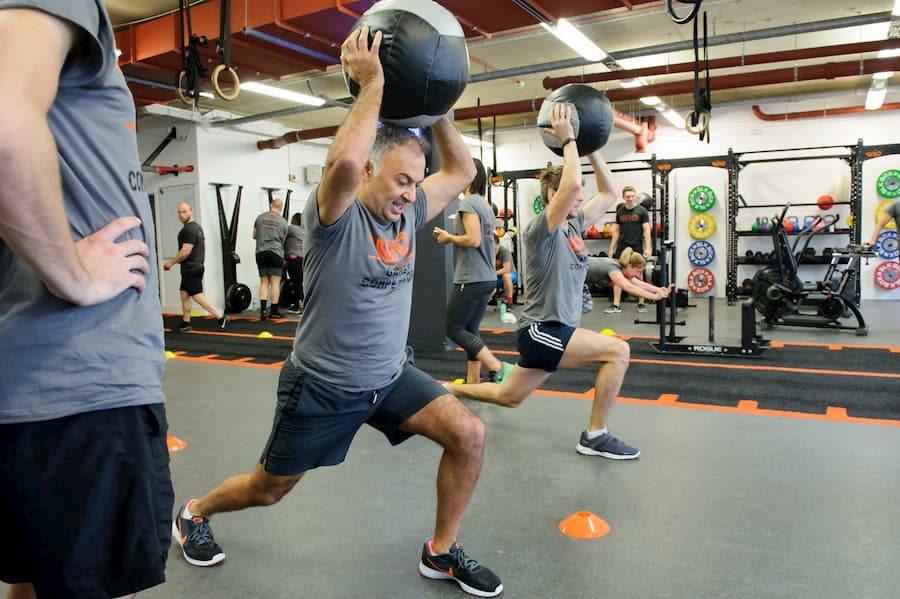
Categories
How to Pick the Right Exercise
There are literally hundreds of thousands of different exercises out there and I’m sure someone out there can rationalise most of them. However, how do you decipher between an exercise that we will benefit from and an exercise that is essentially wasting time?
In the fitness industry there is a lot of talk about picking an exercise that gives you “the most bang for your buck”, one that does more in less time, and it is our job as personal trainers to provide you with a programme that contains these.
But is it simple?
There are a lot of factors to consider when picking effective exercises, and like anything, choosing the right exercises is specific to our individual needs and our own personal goals.
Here are, in no particular order, some of the considerations for effective exercise choice:
- Training age/ Experience – If you’ve not done any training for a year then 10×10 back squats straight off the bat might not be ideal for you. Neither would it be ideal for someone with a background in Yoga as they would likely have the flexibility, but likely not the stability/strength.
- Exercise Order – There are two reasons this should be a factor. Firstly you need to prioritise the exercises you really need to do and you do those first when you are freshest. Secondly some exercises directly lead onto other exercises e.g. You should perform pec and lat stretches before thoracic (upper back) mobility, once you have done that it would be a good time to perform your overhead squats.
- What Do You NEED? – Far to many people, me included, bias their own training, doing what they are good at, and don’t spend enough time working on their weaknesses, which to be honest, is one of the biggest reasons people fail to see results.
- What Do You Enjoy Doing? – Taking that last point into consideration, enjoyment is a key to constant progression, especially with those of us who are new to exercise. They say it takes six weeks to create a habit, and if you are dreading going to the gym initially, then you are highly unlikely to last the six weeks.
- Training Frequency – By this I mean how many times and hours a week are you in the gym? If you are in the gym only twice per week for example, you still need to make sure you are including enough remedial work for you not to develop imbalances, which will ultimately lead to injury. If you are training 5-6 times per week then you can devote a whole session to prehab and corrective exercises potentially.
- Training Effect – As I said above the biggest bang for your buck exercises are what we are after, so if a trap bar deadlift is a suitable exercise for someone that will have a far better training effect than a medicine ball wood chop whilst standing on one leg.
- Injury History – Certain injuries can mean some exercises are contraindicated. For example if someone has previous spinal disk issues, things like deadlifts and chin ups (initially) may not be the order of the day.
- Mobility/ Stability Issues – Mobility is needed before stability is developed and stability is needed before strength is developed. Therefore if you are highly immobile then the bulk of your exercises should represent that until you have markedly improved your mobility and so on.
- Appropriate Progression/ Regression – Ideally regression won’t come into play as much as progression, but there should be some sense behind how an exercise is progressed and regressed. For example a solid RDL is a prerequisite to conventional deadlifts, or even bent over rows arguably, as it uses the same pattern.
Everything in a training programme should have some form of rational.
You need some form of direction and, excuse the cliché, but planning a route will get you where you need to be far quicker than when you just wing it. If you take all of the above into consideration then you should give yourself enough exposure to what you need to see some quality results and continued progression.
If you have any questions on the above or would like some advice on how we could help you with your fitness goal, don’t hesitate, visit our gym in City of London and try one of our personal training sessions.
Related Articles
- How to Pick Your Perfect Exercise
- Exercise Alone Does Not Work!
- 6 Pointless Exercises that are Wasting Your Time
- Are You Wasting Your Time Doing Pointless Exercises in the Gym?
- How Do Men and Women React Differently to Exercise?


